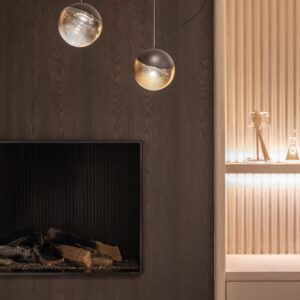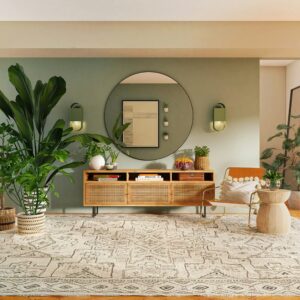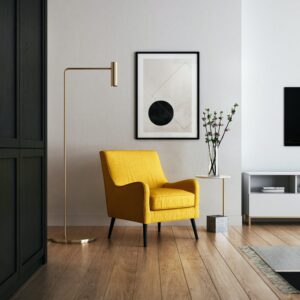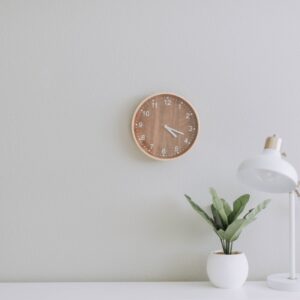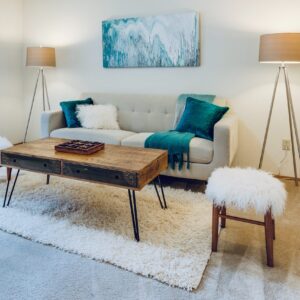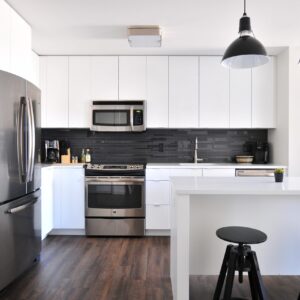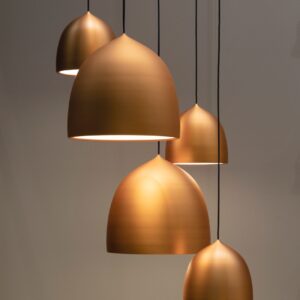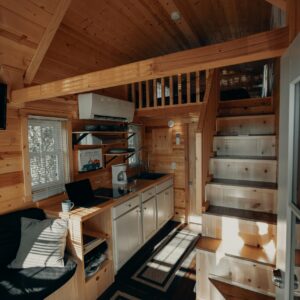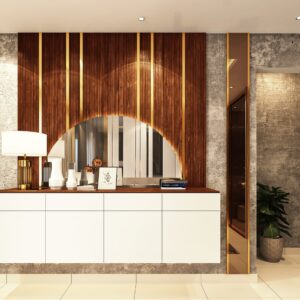Top 9 Essential Interior Designer Duties – What Every Homeowner in Delhi NCR Should Know
Interior designer duty is more than just choosing colors and arranging furniture. It’s a multifaceted role that blends creativity, technical knowledge, and project management to transform spaces into functional, beautiful environments. Whether you’re hiring a designer in Gurgaon, Noida, or anywhere in Delhi NCR, understanding their responsibilities helps you make informed decisions and ensures your project runs smoothly.
Introduction: Why Understanding Interior Designer Duty Matters
If you’re planning a home renovation or designing a new space, knowing the full scope of interior designer duty can save you time, money, and stress. From concept to completion, interior designers are responsible for bringing your vision to life while adhering to safety standards, budgets, and timelines.
This blog explores the key duties of interior designers, especially in the context of Delhi NCR homes, and offers insights into how to evaluate and work with professionals effectively.
Importance of Hiring an Interior Designer in Delhi NCR
Hiring a professional interior designer ensures your space is not only aesthetically pleasing but also functional and safe. In cities like Gurgaon and Noida, where space optimization and modern living are key, a designer’s expertise becomes invaluable.
Why hiring matters:
- Designers understand local building codes and regulations
- They optimize layouts for compact urban homes
- They source materials from trusted vendors in Delhi NCR
- They manage timelines and budgets efficiently
- They bring creative solutions tailored to your lifestyle
Explore Interior Design Expert in Delhi NCR for vetted professionals.
Key Considerations for Choosing a Designer in Gurgaon, Noida, and Delhi NCR
Before hiring, assess the designer’s ability to fulfill their duties effectively.
Checklist:
- Do they have experience with similar projects in Delhi NCR?
- Can they provide mood boards and 3D visualizations?
- Are they familiar with modular kitchen design and space planning?
- Do they offer transparent pricing and contracts?
- Are they responsive and communicative throughout the project?
For modular upgrades, explore Modular Kitchen Design.
Top 9 Interior Designer Duties Every Homeowner Should Know
Understanding these core responsibilities helps you evaluate designers and set realistic expectations.
1. Conceptual Development
Designers begin by understanding your needs, preferences, and lifestyle. They create a design concept that aligns with your vision.
Tasks include:
- Conducting client interviews
- Creating mood boards and sketches
- Defining style direction and color palette
2. Space Planning
Interior designers analyze the layout to ensure optimal use of space. This is especially crucial in compact homes across Noida and Gurgaon.
Responsibilities:
- Measuring and mapping the space
- Creating functional layouts
- Ensuring flow and accessibility
3. Material and Product Selection
Designers choose materials, finishes, and furnishings that match the design concept and budget.
Key duties:
- Sourcing from local vendors in Delhi NCR
- Selecting sustainable and durable materials
- Coordinating with suppliers for delivery
Explore Interior A to Z in Delhi NCR for curated product options.
4. Budgeting and Cost Estimation
Interior designers prepare detailed cost breakdowns and help clients stay within budget.
Tasks include:
- Creating itemized estimates
- Suggesting cost-effective alternatives
- Managing procurement and billing
5. Technical Drawings and Documentation
Designers produce detailed plans and documentation for contractors and vendors.
Includes:
- CAD drawings and 3D renderings
- Electrical and plumbing layouts
- Material specifications and installation guides
For structural enhancements, refer to Steel Iron Fabrication in Delhi NCR.
6. Coordination with Stakeholders
Interior designers act as project managers, coordinating with architects, contractors, and vendors.
Responsibilities:
- Scheduling site visits and meetings
- Communicating design intent
- Resolving on-site issues
7. Supervision and Execution
Designers oversee the implementation to ensure quality and adherence to the plan.
Duties include:
- Monitoring progress
- Checking workmanship and finishes
- Making adjustments as needed
8. Compliance and Safety
Interior designers ensure that all work complies with safety standards and local regulations.
Tasks:
- Reviewing building codes
- Ensuring fire safety and ventilation
- Coordinating inspections
Explore Interior Design in Delhi NCR for compliance-ready solutions.
9. Final Styling and Handover
Designers add finishing touches and ensure the space is ready for use.
Includes:
- Arranging furniture and décor
- Styling shelves and surfaces
- Conducting final walkthroughs
For full-service options, visit Interior Design Solutions in Delhi NCR.
Benefits of Working with a Designer Who Understands Their Duties
A designer who fulfills all aspects of their role delivers a seamless experience and a stunning result.
Advantages:
- Clear communication and fewer surprises
- Efficient use of time and resources
- Personalized design aligned with your lifestyle
- Long-term value and durability
- Enhanced resale potential for your property
How to Evaluate Interior Designers Based on Their Duties
Use these steps to assess whether a designer is capable and reliable:
- Review their portfolio for similar projects
- Ask about their process and timeline
- Request references from past clients
- Discuss how they handle budgeting and changes
- Ensure they follow E-E-A-T principles for trustworthiness
For foundational knowledge, refer to Interior Design – Wikipedia.
Cost Considerations: What You Pay for When Hiring a Designer in Delhi NCR
Interior designer duty includes budgeting and cost management. Here’s a breakdown of typical expenses:
| Service Area | Estimated Cost (₹) |
|---|---|
| Concept Development | ₹10,000–₹25,000 |
| Space Planning | ₹8,000–₹20,000 |
| Material Selection | ₹15,000–₹40,000 |
| Technical Drawings | ₹12,000–₹30,000 |
| Project Coordination | ₹20,000–₹50,000 |
| Final Styling | ₹10,000–₹25,000 |
| Total Project Estimate | ₹75,000–₹1,90,000 |
These costs vary based on project size, location (Gurgaon, Noida, Delhi NCR), and customization level.
Real-Life Example: Interior Designer Duties in Action – Noida Sector 62
A couple in Noida hired a designer for their 2BHK apartment. The designer:
- Conducted a detailed needs assessment
- Created a Scandinavian-style concept
- Optimized space with modular furniture
- Coordinated with local vendors for materials
- Supervised installation and styling
- Delivered the project within ₹1.2 lakh and 6 weeks
The result was a cozy, functional home perfect for their lifestyle.
Expert Advice for Homeowners in Gurgaon, Noida, and Delhi NCR
If you’re planning to hire a designer, keep these tips in mind:
- Clarify your goals and budget upfront
- Choose designers with local experience
- Ask for detailed proposals and timelines
- Prioritize communication and transparency
- Look for professionals who follow E-E-A-T standards
Explore curated professionals at Interior Design Expert in Delhi NCR.
Conclusion: Why Interior Designer Duty Is Crucial to Project Success
Understanding interior designer duty empowers you to choose the right professional and collaborate effectively. From concept to completion, their role is essential in creating spaces that are beautiful, functional, and safe.
Whether you’re in Gurgaon, Noida, or anywhere in Delhi NCR, working with a designer who fulfills their duties ensures your home reflects your personality and meets your needs.
Call to Action:
Ready to transform your space with expert guidance? Explore our recommended designers, review their portfolios, and start your journey toward a beautifully designed home. Share this post with fellow homeowners or leave a comment with your experience working with interior designers in Delhi NCR.




